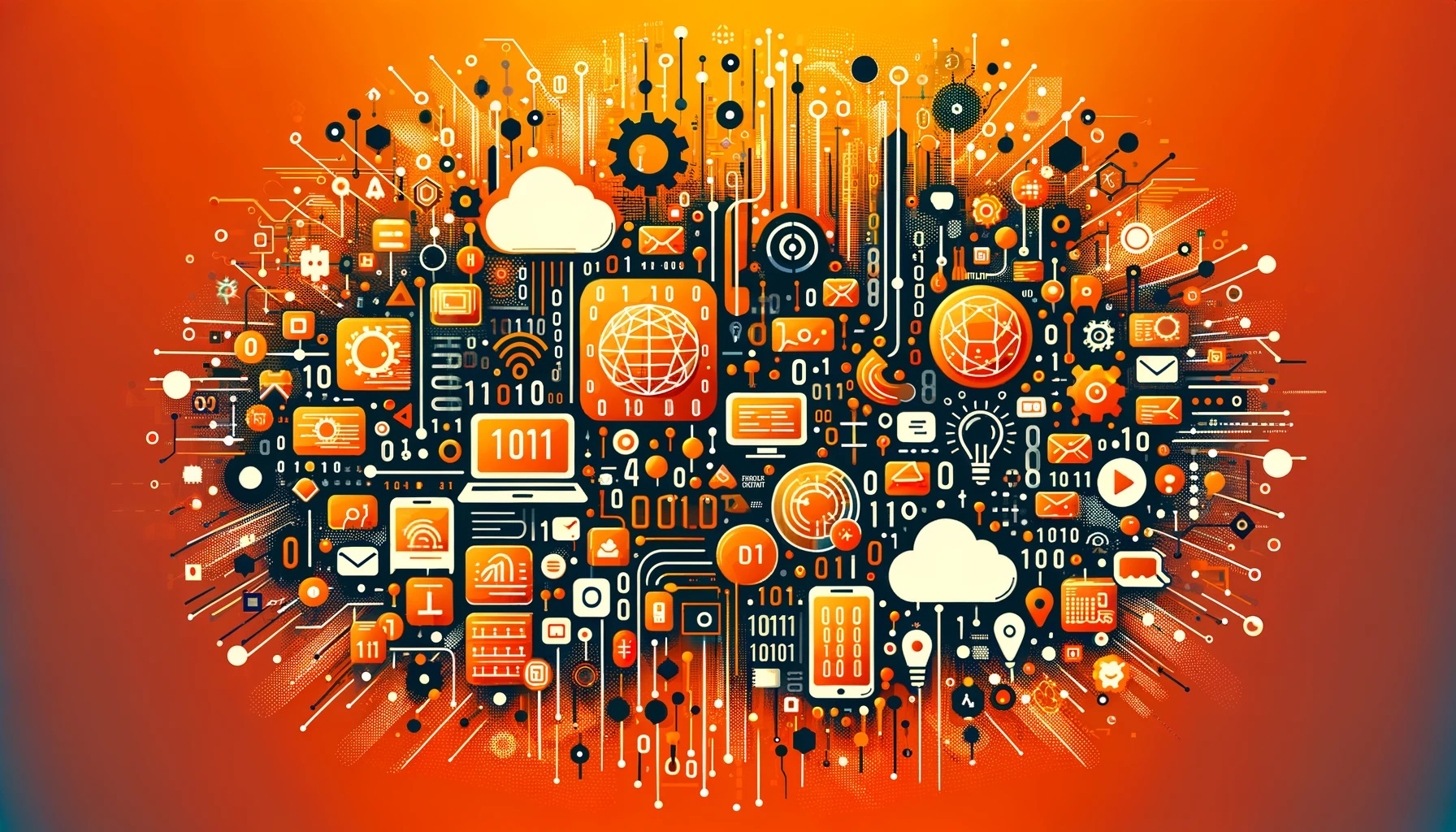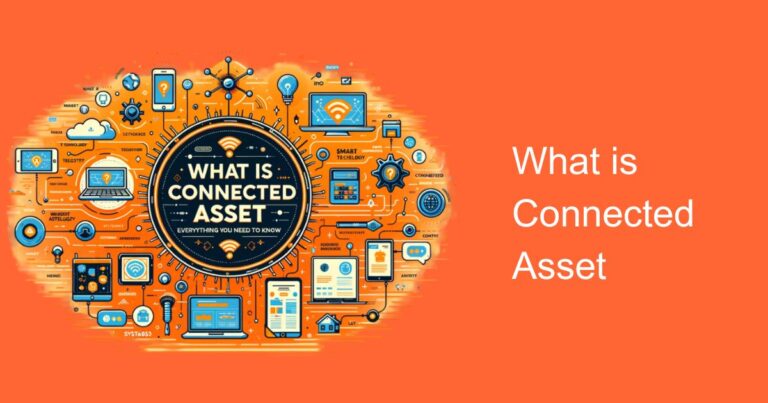Introduction
In the vast and dynamic landscape of global technology, digital transformation stands as a cornerstone that reshapes how businesses operate and interact with their customers. In India, a nation known for its rapid adoption of technology and its burgeoning IT sector, digital transformation is not just a trend but a pivotal element of economic strategy. This process involves the integration of digital technology into all areas of business, fundamentally changing how organizations operate and deliver value to customers. It’s also a cultural change that requires organizations to continually challenge the status quo, experiment, and get comfortable with failure.
The Essence of Digital Transformation
At its core, digital transformation in India is about harnessing the power of digital technologies to improve efficiency, manage complexity, and enhance customer satisfaction. This includes cloud computing, artificial intelligence (AI), machine learning (ML), and the Internet of Things (IoT). It is the convergence of these technologies that is rapidly shifting the competitive landscapes across various sectors.
According to a report by the National Association of Software and Services Companies (NASSCOM), India’s digital economy is expected to reach US$1 trillion by 2025. Furthermore, as per a study by Microsoft and IDC, digital transformation is predicted to add an estimated $154 billion to India’s GDP by 2021.
Key Drivers of Digital Transformation in India
Government Initiatives:
The Indian government has been a major catalyst for digital transformation through initiatives such as Digital India, which aims to transform the entire ecosystem of public services through the use of information technology. The government’s push towards e-governance, digital literacy, and universal access to digital services is an attempt to bridge the digital divide and build an electronically empowered economy.
Mobile Penetration:
With over 1 billion mobile subscriptions, India’s high mobile penetration has provided a fertile ground for digital transformation. This extensive reach has not only enabled the proliferation of mobile apps and services but also facilitated the rapid adoption of digital payments and financial services.
Startup Culture:
India’s vibrant startup ecosystem, which ranks among the top globally, is continually pushing the boundaries of digital innovation. Indian startups are not only introducing new business models but are also instrumental in providing digital solutions that address local challenges in sectors like healthcare, education, and agriculture.
Consumer Demographics:
A young and tech-savvy population is another driver. With a median age of 28 years, India’s youth are quick to adopt new technologies, which accelerates the penetration of digital services in the country.
Impact of Digital Transformation in Key Sectors
Banking and Finance:
Fintech innovations have revolutionized the way financial services are delivered in India. Digital lending platforms, e-wallets, and online banking have made financial services accessible to a larger segment of the population, thus promoting financial inclusion.
Healthcare:
Telemedicine and e-health services have gained significant traction, especially in the wake of the COVID-19 pandemic. Digital health records, AI-driven diagnostics, and remote consultations are making healthcare more accessible and efficient.
Education:
The ed-tech sector has seen explosive growth. Platforms like BYJU’S and Unacademy are redefining how educational content is delivered, leveraging AI and ML to provide personalized learning experiences.
Retail:
E-commerce giants like Flipkart and Amazon, along with numerous homegrown platforms, have transformed the retail landscape in India. Digital marketing, supply chain innovations, and customer data analytics are some of the key aspects driving this transformation.
Challenges and Considerations
Despite its rapid stride in digital transformation, India faces several challenges that could impede progress. These include:
Cybersecurity:
With increased digital transactions, the threat of cyberattacks has grown. Ensuring robust cybersecurity measures is imperative for building trust and safeguarding sensitive information.
Digital Divide:
While urban India has seen a considerable digital leap, rural areas remain relatively underserved. Bridging this gap is essential for inclusive growth and development.
Skill Gap:
There is a persistent skill gap in the workforce when it comes to advanced technologies like AI and data analytics. Upskilling and reskilling initiatives are crucial to prepare the workforce for the digital age.
Conclusion
Digital transformation in India is an ongoing journey marked by continual adaptation and innovation. The interplay of technology, government policies, and market dynamics is crafting a future where digital inclusivity and sustainability are paramount. As India navigates its path towards becoming a digital-first economy, the focus must remain on leveraging technology for social and economic betterment, ensuring that digital transformation benefits all segments of society. This holistic approach will not only drive economic growth but also propel India onto the global stage as a leader in digital innovation.








